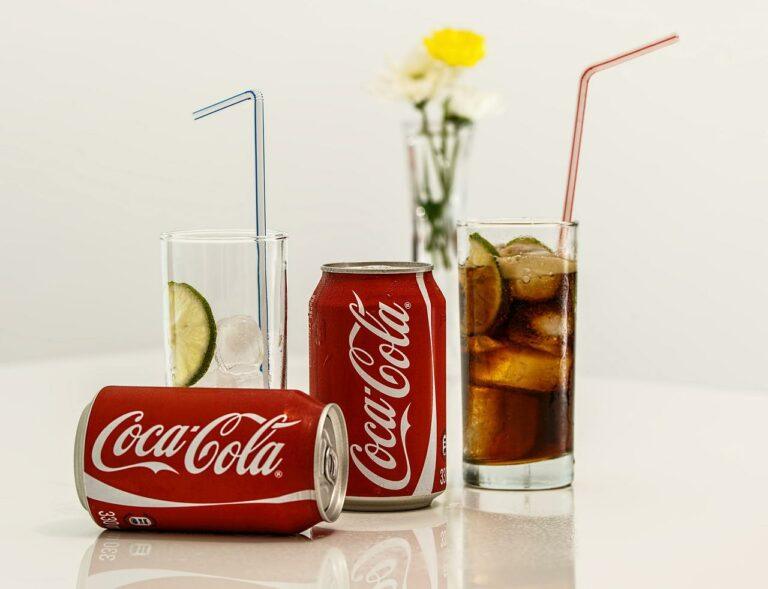On Sunday (July 7), which is when “International Friendship Day” is celebrated in the U.S., Coca-Cola announced that it is “thanking fans who’ve been a part of the brand’s journey into the metaverse over the last year with a special digital collectible drop.”
Polygon is “a decentralised Ethereum scaling platform that enables developers to build scalable user-friendly dApps with low transaction fees without ever sacrificing on security.” The Polygon Lightpaper describes Polygon as “a protocol and a framework for building an connecting Ethereum-compatible blockchain networks.”
On 18 May 2021, Independent Ethereum educator, investor and advisor Anthony Sassano took to Twitter to clear up some of the confusion around Polygon (e.g. some people refer to Polygon as a sidechain to Ethereum, while others call it an L2 blockchain). Below are a few highlights from that Twitter thread:
- “There is the Matic Plasma Chain and the Polygon PoS chain. The vast majority of the activity is happening on the PoS chain.“
- “The PoS chain is what people refer to as a ‘sidechain’ to Ethereum because it has its own permissionless validator set (100+ who are staking MATIC) which means it doesn’t use Ethereum’s security (aka Ethereum’s PoW).“
- “The PoS chain goes beyond a standard sidechain and actually relies on and commits itself to Ethereum (what some people may call a ‘commit-chain’). It relies on Ethereum because all of the validator/staking logic for the PoS chain lives as a smart contract on Ethereum.“
- “This means that if the Ethereum network went offline, the Polygon PoS chain would also go offline. Secondly, the PoS chain actually commits/checkpoints itself to Ethereum every so often.“
- “This has 2 benefits: it provides Ethereum-based finality to the PoS chain & it can help the chain recover in case of catastrophic event. This also means that Polygon is paying Ethereum to use its blockspace (in ETH) & paying for it to secure the contracts & checkpointing.“
Coco-Cola’s announcement went on to say that this new collectible features “a design inspired by the bubbles inside a Coke bottle, as well as themes of connection and unity,” and that it was airdropped” to the digital wallets of existing Coca-Cola collectible owners on July 30.” The lucky recipients can “share a second International Friendship Day collectible with a friend to build the brand’s community of fans on the open blockchain.”
Pratik Thakar, Head of Global Creative Strategy at Coca-Cola, had this to say:
“International Friendship Day—which launched our metaverse journey in 2021—is the perfect milestone opportunity to thank and celebrate the people who have joined us. We hope to strengthen and expand our ‘Real Magic’ community by building connections through a variety of physical and virtual Coca-Cola experiences... We will continue to learn in this fast-moving space through limited-edition collectible launches tied to key cultural moments with a focus on building our virtual ecosystem by surprising and delighting fans.“
Coco-Cola also mentioned that “as the community grows, digital collectible owners will gain access to rewards and perks, including Coke Studio-powered experiences, gaming events and early access to Coca-Cola Creations limited-edition product launches.”
It went to add:
“Coca-Cola has created more than 4,000 digital collectibles, starting on International Friendship Day 2021 with a “loot box” auction benefiting Special Olympics International. The brand has since released limited-edition digital collectibles to International Burger Day and International Pride Day, the latter of which was a collaboration with acclaimed South African fashion designer and LGBTQIA+ advocate Rick Minsi benefiting OUT LGBT Well-Being.“
These NFTs were made in collaboration with avatar company Tafi.
Image Credit
Featured Image via Pixabay









